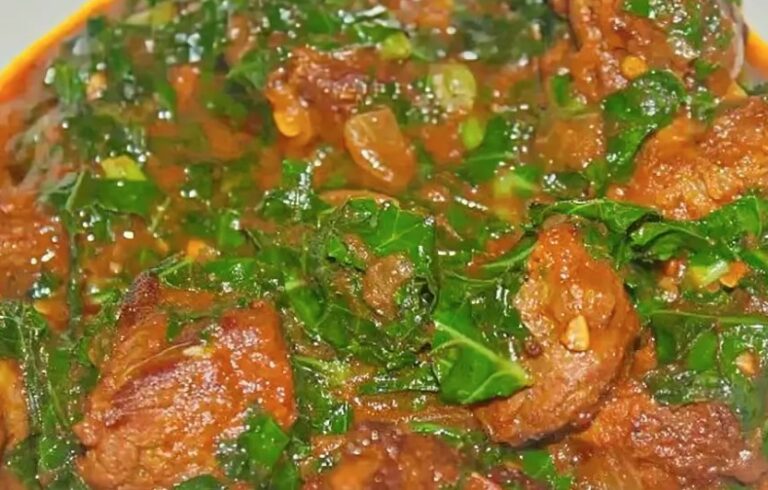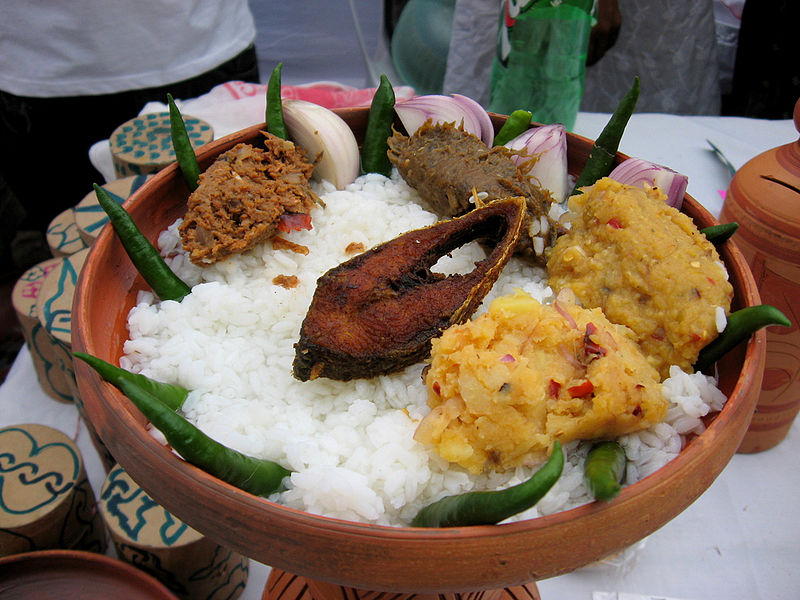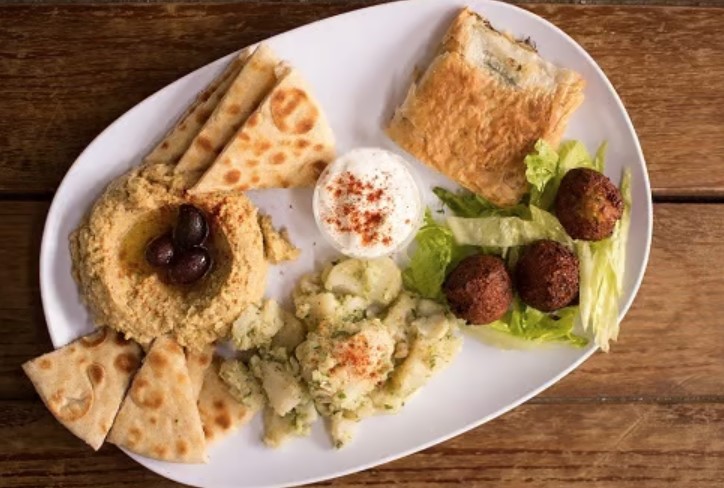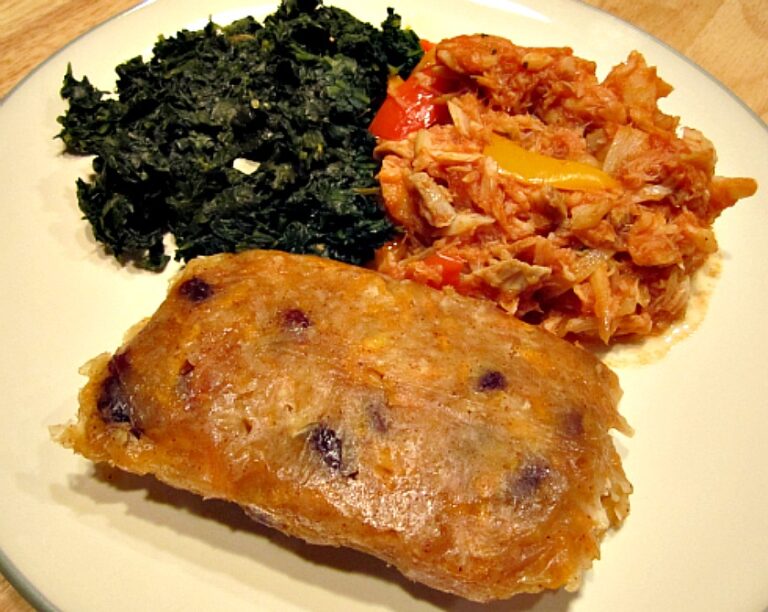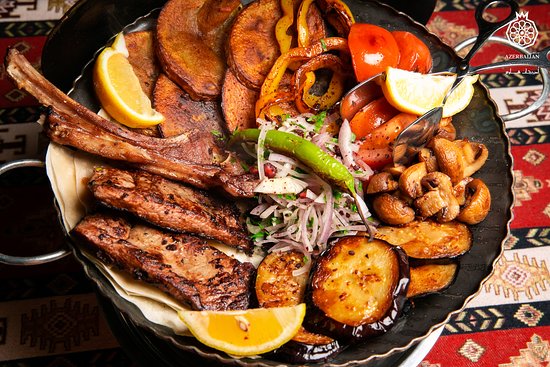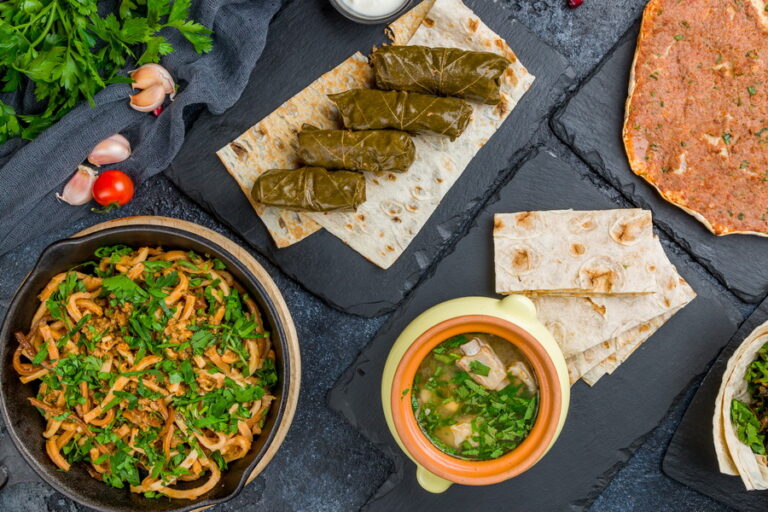Introduction: Exploring Zimbabwe’s Food Culture
Zimbabwe is a landlocked country in southern Africa with a rich cultural heritage. The country boasts a diverse range of traditional dishes and dietary customs that reflect its various ethnic groups. Zimbabwean cuisine is often characterized by its use of maize, sorghum, and millet, as well as meat and vegetables. This article explores the food culture of Zimbabwe and the various food restrictions and dietary customs practiced in the country.
Traditional Foods in Zimbabwe
Zimbabwean cuisine is characterized by a variety of traditional dishes. One of the most popular is sadza, a type of porridge made from maize meal. It is often served with relish, a sauce made from meat, vegetables, or beans. Other popular dishes include muriwo unedovi, a stew made from greens and peanut butter, and bota, a kind of bread made from sorghum or maize meal. Traditional Zimbabwean cuisine is high in carbohydrates and proteins, making it ideal for the country’s agricultural economy.
Religious Restrictions on Food
Religion plays a significant role in Zimbabwean culture, and there are various restrictions on food for different religions. For example, Muslims in Zimbabwe follow halal dietary laws, which prohibit the consumption of pork and alcohol. Seventh-Day Adventists in Zimbabwe follow a vegetarian diet and do not eat meat, fish, or poultry. Additionally, some Zimbabweans practice ancestral worship, which involves offering food to the spirits of their ancestors. This practice may involve the slaughter of a goat or cow, and the food offered must be prepared according to specific customs.
Dietary Customs for Special Occasions
Zimbabweans have various dietary customs for special occasions. For example, during the Christmas season, it is customary to eat chicken, as it is considered a special treat. Weddings are also occasions for feasting, and traditional dishes such as sadza and relish are often served. Funerals are another occasion for special foods, and it is customary to serve meat such as beef, goat, or chicken.
Modern Eating Habits and Food Choices in Zimbabwe
In recent years, Zimbabweans have adopted more modern eating habits and food choices. Fast food restaurants such as KFC, McDonald’s, and Pizza Inn have become increasingly popular, particularly among young people. Additionally, there has been a rise in the consumption of processed foods, which are often high in fat and sugar. However, traditional foods continue to be an important part of many Zimbabweans’ diets, and efforts are being made to promote healthy eating habits.
Conclusion: Understanding Zimbabwe’s Relationship with Food
Zimbabwe’s food culture is a rich and diverse reflection of its history, culture, and geography. Traditional foods such as sadza and relish continue to be an important part of many Zimbabweans’ diets, while modern eating habits and food choices have become increasingly prevalent. Religious restrictions on food and dietary customs for special occasions are also an important part of Zimbabwe’s relationship with food. By understanding and celebrating Zimbabwe’s food culture, we can gain a greater appreciation for the country’s rich heritage and traditions.

